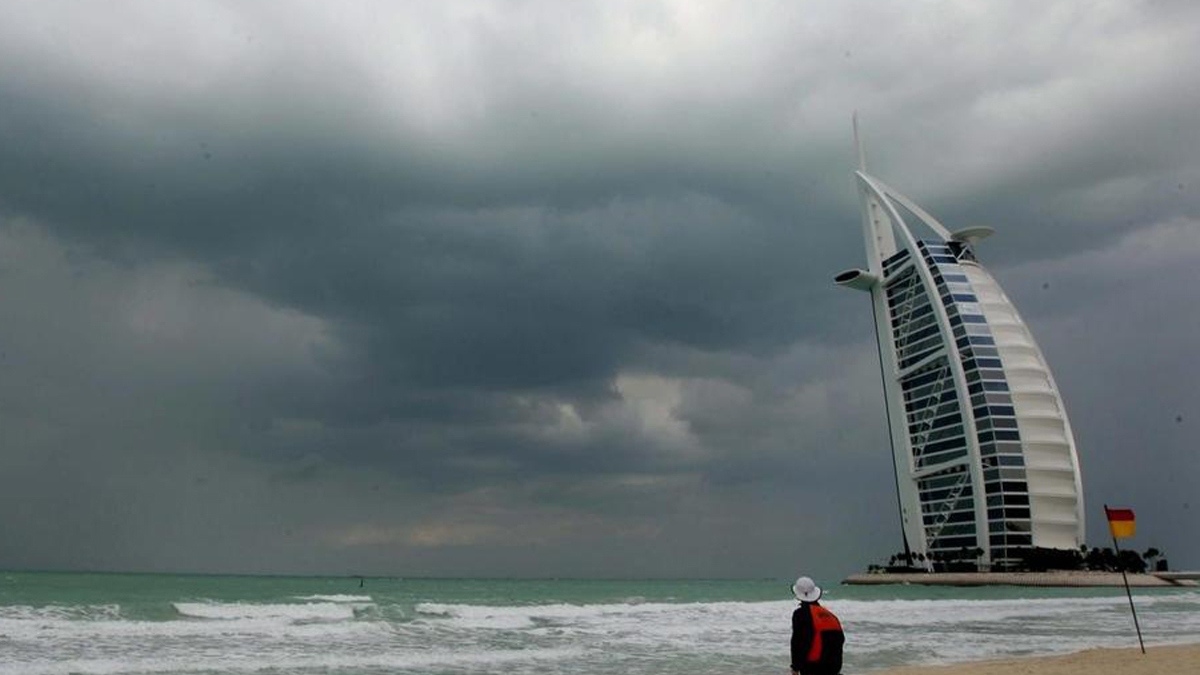The UAE has been witnessing a significant increase in rainfall this month, according to the National Centre of Meteorology (NCM). With heavy rains already causing disruptions in Ras-al-Khaimah, Fujairah, Sharjah, and Abu Dhabi, the NCM reports that this trend is set to continue.
Fujairah experienced record-high rainfall, while Dubai’s Jebel Ali area saw lighter showers. The NCM has forecasted more rain for Dubai, Abu Dhabi, and Sharjah, intensifying into the week with cloudy conditions prevailing.
Social media videos from the Storm Centre display the extent of the rainfall, showing vehicles in Fujairah struggling through floods. The NCM has issued warnings to the public to exercise caution, particularly in mountainous regions prone to flooding and slippery conditions.
Dr. Ahmed Habib of the NCM told Khaleej Times that the higher-than-average rainfall marks the start of the rainy season, which typically spans from November to March. The country is under a broad low-pressure system, and cloud movements from the west are expected to bring more showers, with intensity varying across different regions.
The heaviest downpour recorded by the NCM was in Fujairah, at 56mm. The weather forecast indicates partly cloudy to cloudy skies with convective cloud formations that may cause rainfall, especially along coastal, eastern, and northern areas.
Winds are predicted to be light to moderate in general but may strengthen occasionally, causing dusty conditions. The Arabian Gulf and the Oman Sea will see moderate to rough seas, becoming more turbulent with cloud activity.






